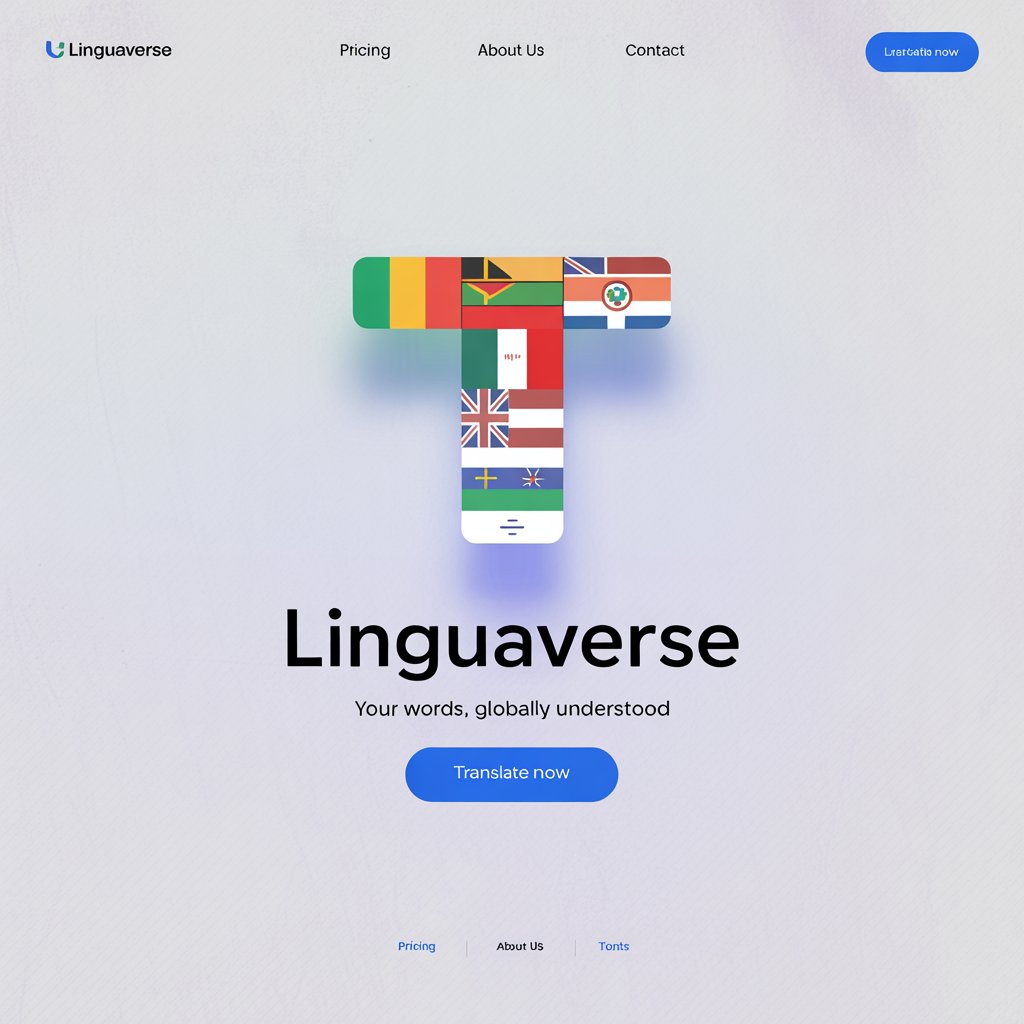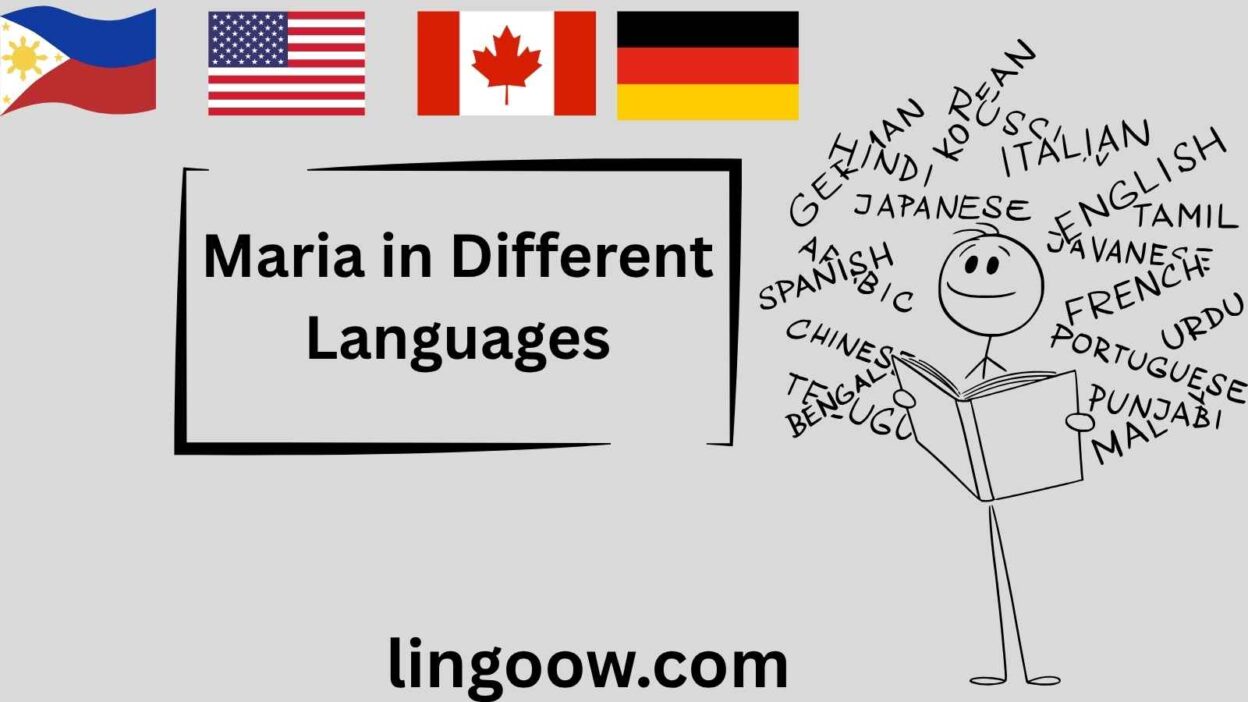The name Maria resonates like a gentle melody across the globe, a timeless thread weaving through cultures, histories, and hearts. I remember sitting in a bustling café in Lisbon, overhearing a mother call out to her daughter, “Maria, venha cá!” Her tone was warm, familiar, and filled with love.
It struck me how this name, so simple yet profound, carries a universal warmth, evoking images of family, faith, and identity. Whether whispered in a lullaby or shouted in a crowded marketplace, Maria is more than a name—it’s a cultural cornerstone, a symbol of connection that transcends borders.
In this blog post, we’ll explore how Maria is expressed in different languages and cultures, revealing the shared humanity that binds us all through this cherished name.
Reference Table: Maria Across Languages
| Language | Word/Phrase | Cultural/Linguistic Insight |
| Spanish | María | Common in Spain and Latin America, often tied to religious devotion to the Virgin Mary. |
| French | Marie | A classic name in France, symbolizing elegance and often used in compound names like Anne-Marie. |
| Italian | Maria | Deeply rooted in Catholic tradition, Maria is a beloved name across generations in Italy. |
| German | Maria | Frequently paired with other names (e.g., Anna-Maria), reflecting Germanic naming traditions. |
| Portuguese | Maria | One of the most popular names in Portugal and Brazil, often used in double names like Maria Clara. |
| Mandarin | 玛丽亚 (Mǎlìyà) | A transliteration of Maria, used among Chinese Christians or those adopting Western names. |
| Hindi | मरिया (Mariya) | Less common but used among Indian Christians, reflecting global cultural exchange. |
| Japanese | マリア (Maria) | Often associated with Christianity or Western influence, pronounced with a soft, lyrical tone. |
| Korean | 마리아 (Maria) | Common among Korean Catholics, carrying spiritual significance. |
| Arabic | مريم (Maryam) | A revered name in Islam, referring to the Virgin Mary, symbolizing purity and devotion. |
| Swahili | Maria | Widely used in East Africa, often linked to Christian communities and colonial influences. |
| Zulu | Mariya | Reflects Christian influence in South Africa, often used in religious contexts. |
| Yoruba | Maria | Adopted through missionary influence, symbolizing faith in Nigerian Christian communities. |
| Maori | Mere | A variant of Mary/Maria, carrying spiritual and familial significance in Maori culture. |
| Hawaiian | Malia | A melodic variation of Maria, embodying Hawaiian grace and connection to heritage. |
European Languages: A Tapestry of Tradition
In Europe, Maria is a name steeped in history and reverence. In Spanish, María is ubiquitous, often linked to devotion to the Virgin Mary, a central figure in Catholicism. It’s common to hear names like María Teresa or María José, reflecting a tradition of combining names to honor family or saints. In French, Marie exudes elegance, often paired with other names like Marie-Claire or Marie-Louise, symbolizing sophistication and grace. The name’s popularity in France dates back centuries, tied to royal and religious figures.
In Italian, Maria is a cultural cornerstone, evoking images of warm family gatherings and religious festivals. It’s a name that feels both timeless and intimate, often passed down through generations. In German, Maria is frequently combined with other names, such as Anna-Maria, reflecting a structured yet heartfelt naming tradition. In Portuguese, particularly in Portugal and Brazil, Maria is so common that it’s almost a cultural identifier, with variations like Maria Fernanda or Maria Eduarda adding personal flair. Across Europe, Maria is a bridge between faith, family, and identity, embodying a shared reverence for tradition.
Asian Languages: Diversity in Expression
In Asia, Maria takes on unique forms, reflecting the region’s linguistic and cultural diversity. In Mandarin, the name is transliterated as 玛丽亚 (Mǎlìyà), often adopted by Chinese Christians or those embracing Western influences. The characters evoke beauty and elegance, aligning with Chinese naming aesthetics. In Hindi, मरिया (Mariya) is less common but carries significance among Christian communities in India, symbolizing a blend of global and local identities.
In Japanese, マリア (Maria) is pronounced with a soft, melodic cadence, often associated with Christianity or Western pop culture. It’s a name that feels both foreign and familiar, bridging cultural divides. In Korean, 마리아 (Maria) is prevalent among Catholics, carrying a spiritual weight that resonates in religious contexts. In Arabic, مريم (Maryam) is deeply revered across more than 20 countries, from Morocco to Iraq, as the name of the Virgin Mary in Islam. Maryam symbolizes purity and devotion, often chosen to honor spiritual values. Across Asia, Maria reflects a fusion of faith, globalization, and cultural adaptation.
African Languages: A Continent of Connection
In Africa, Maria resonates through diverse linguistic landscapes, often tied to Christian missionary influences. In Swahili, spoken across East Africa in countries like Kenya, Tanzania, and Uganda, Maria is a common name, reflecting colonial and religious legacies. It’s often used in Christian communities, carrying a sense of hope and faith. In Zulu, spoken in South Africa, Mariya appears in religious contexts, symbolizing devotion among Christian families.
In Yoruba, a major language in Nigeria, Maria is adopted through missionary influence, often paired with Yoruba names to create a unique blend of identities. Across more than 20 African countries, from Ethiopia to Ghana, Maria or its variants like Maryam (in Arabic-speaking regions) connect communities through shared spiritual and historical ties. The name’s adaptability reflects Africa’s rich cultural mosaic, where global influences merge with local traditions.
Indigenous & Island Languages: Voices of Heritage
In indigenous and island cultures, Maria takes on vibrant, localized forms. In Maori, spoken in New Zealand, Mere is a variant of Mary/Maria, carrying spiritual and familial significance. It’s a name that feels deeply rooted in Maori traditions of whakapapa (genealogy). In Hawaiian, Malia is a melodic adaptation, evoking the grace and beauty of the islands. It’s often chosen to honor heritage and connection to the land.
In Cherokee, spoken in parts of the United States, Maria may be used directly or adapted to fit phonetic patterns, reflecting the influence of Christian missionaries. In Samoan, Maria is used in Christian contexts, symbolizing faith and community across Pacific Island nations like Tonga, Fiji, and the Cook Islands. Across more than 20 indigenous and island communities, Maria embodies a blend of global spirituality and local identity, resonating with the values of family and heritage.
Cultural Insights: A Name Through Time
The name Maria has ancient roots, derived from the Hebrew Miriam, meaning “bitter” or “wished-for child.” Its historical significance spans civilizations, from ancient Judea to modern-day societies. In Christianity, Maria (or Mary) is synonymous with the Virgin Mary, a figure of compassion and purity. In Islam, Maryam holds a similar reverence, with an entire chapter of the Quran named after her. The name’s spread across the globe reflects centuries of religious, colonial, and cultural exchange.
In medieval Europe, Maria became a staple in royal and religious naming conventions, symbolizing piety and nobility. In Asia and Africa, colonial and missionary influences introduced the name, where it was adapted to local phonetics and cultural contexts. Today, Maria remains a global name, its variations reflecting the unique identities of each culture while maintaining a universal thread of love and devotion.
Proverbs and Sayings: Wisdom in Words
Across cultures, Maria appears in proverbs and sayings, often tied to themes of faith and family. Here are a few examples:
- Spanish: “Con María, todo es posible” – “With María, everything is possible,” reflecting the spiritual strength associated with the name.
- Arabic: “Maryam, umm al-nur” – “Maryam, mother of light,” a poetic reference to the Virgin Mary’s purity in Islamic tradition.
- Swahili: “Maria ni jina la baraka” – “Maria is a name of blessing,” highlighting its revered status in East African Christian communities.
- Hawaiian: “Malia i ka wai” – “Malia in the water,” a poetic phrase evoking the name’s connection to nature and grace.
These sayings capture the emotional and cultural weight of Maria, reflecting its role as a symbol of hope and connection.
FAQs
Why does Maria sound similar in many languages?
The similarity stems from its shared origin in the Hebrew Miriam and its spread through Christianity and Islam. Phonetic adaptations maintain its core sound across diverse languages.
What is the oldest known usage of Maria?
The name traces back to Miriam in ancient Hebrew texts, such as the Torah, where Miriam was the sister of Moses, dating back over 3,000 years.
How do cultural differences shape the use of Maria?
In Catholic cultures, Maria is often tied to religious devotion, while in secular contexts, it’s a timeless name chosen for its beauty. In Islamic cultures, Maryam emphasizes spiritual purity, while in indigenous cultures, variants like Malia reflect local values.
Conclusion
Maria is more than a name—it’s a universal embrace, a shared song sung in countless tongues. From the cobblestone streets of Rome to the vibrant markets of Nairobi, from the serene shores of Hawaii to the ancient cities of the Middle East, Maria carries stories of faith,




